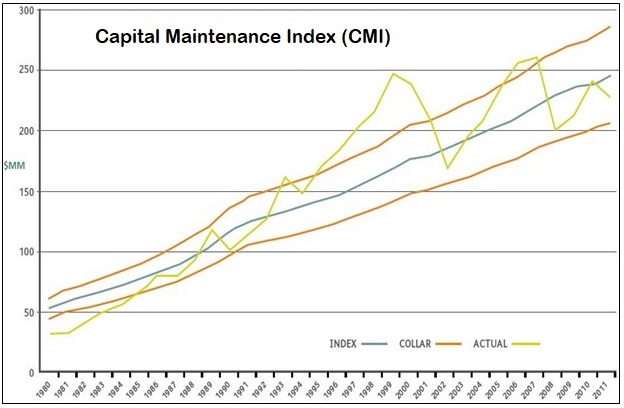Capital Maintenance Index
We adopted the CMI method after discussions with one of the United Kingdom's largest foundations and have successfully implemented it with our current clients. This method provides clear and salient points, making the progress of the foundation easy to monitor and understand.
A dynamic Investment Policy Statement (IPS) is crucial for aligning the foundation's mission, goals, and spending priorities with its investment objectives to maximize both investment capital and spending. We would create a custom CMI based on the foundation's target return and specified upper and lower limits, enabling the investment committee to make informed long-term decisions.
The target returns are established starting with the foundation's operational and granting needs, including inflation, to form the baseline return. This baseline, along with the associated bands, will guide future investment decisions, allowing for a more diversified approach beyond traditional stock, bond, and cash allocations and should be reflected in the IPS.
The chart illustrates a long-term upward trend that fluctuates within defined bands.

By setting a target return within a specified volatility range, a board can gain confidence and better withstand short-term market fluctuations, knowing they are within expected parameters. This approach paves the way for potentially higher long-term total returns.
We could adopt a surplus/deficit accounting approach, tracking portfolio growth against a base granting budget annually on a rolling three-year basis. Persistent deficits would prompt a review of spending and investment strategies, while consistent surpluses might allow for increased granting.
Our long-term perspective and dynamic reporting provide a clear view of the foundation's financial timeline, offering the necessary flexibility and transparency to manage and oversee investments and grant allocations effectively.
“Think outside the box? SANDSTONE doesn’t even know there is a box.”
Private Foundation Client